
Аннотация
The essence of that quote is that new ideas and technology take a while to diffuse through a community and become widely adopted. A good example of the slow diffu-sion of ideas is the story of how I discovered microservices. It began in 2006, when, after being inspired by a talk given by an AWS evangelist, I started down a path that ultimately led to my creating the original Cloud Foundry. (The only thing in common with today’s Cloud Foundry is the name.) Cloud Foundry was a Platform-as-a-Service (PaaS) for automating the deployment of Java applications on EC2. Like every other enterprise Java application that I’d built, my Cloud Foundry had a monolith architec-ture consisting of a single Java Web Application Archive (WAR) file.
Bundling a diverse and complex set of functions such as provisioning, configura-tion, monitoring, and management into a monolith created both development and operations challenges. You couldn’t, for example, change the UI without testing and redeploying the entire application. And because the monitoring and management component relied on a Complex Event Processing (CEP) engine which maintained in-memory state we couldn’t run multiple instances of the application! That’s embar-rassing to admit, but all I can say is that I am a software developer, and, “let he who is without sin cast the first stone.”
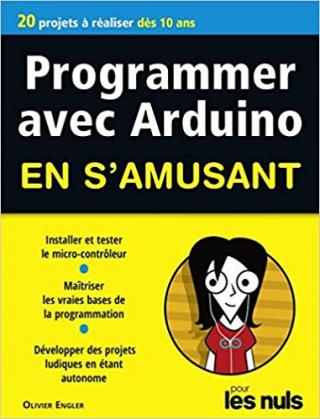

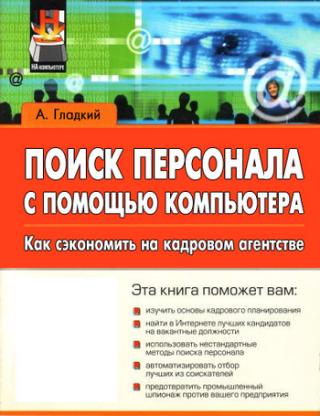
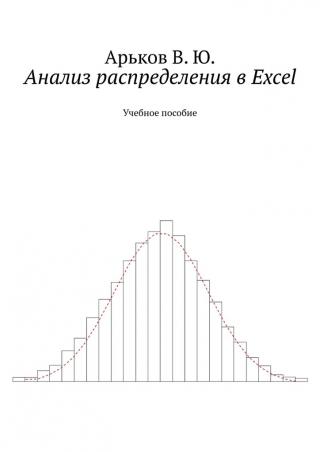
![Learn Python Fast and Learn It Well. Master Python Programming with a unique Hands-On Project
Have you always wanted to learn computer programming but are afraid it Learn Python in One Day and Learn It Well [Python for Beginners with Hands-on Project]](https://www.rulit.me/data/programs/images/learn-python-in-one-day-and-learn-it-well-python-for-beginne_556376.jpg)
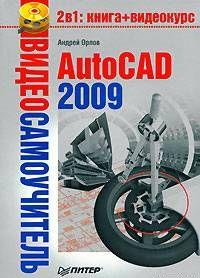


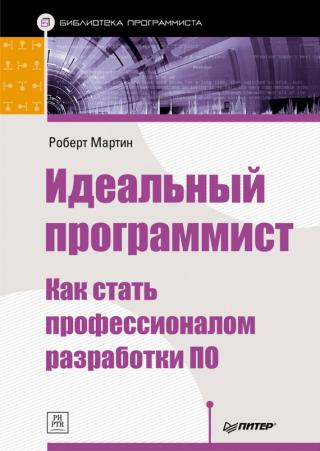
Комментарии к книге "Microservices Patterns"